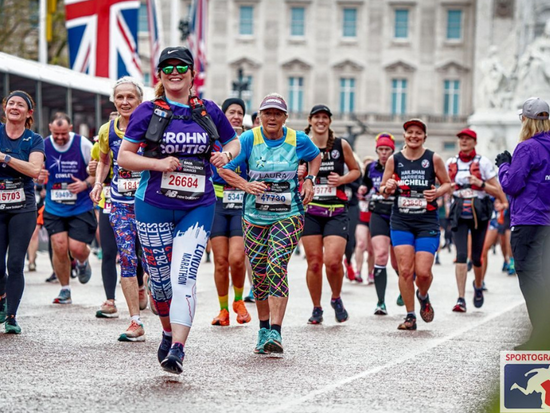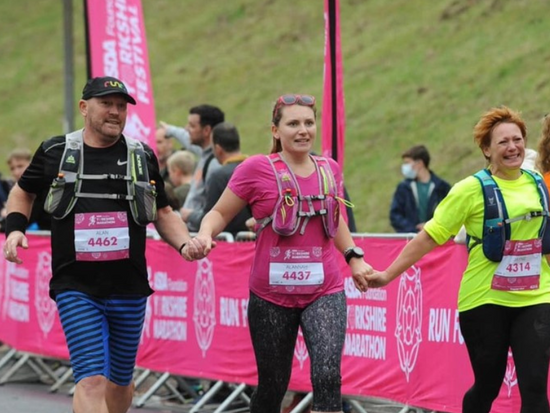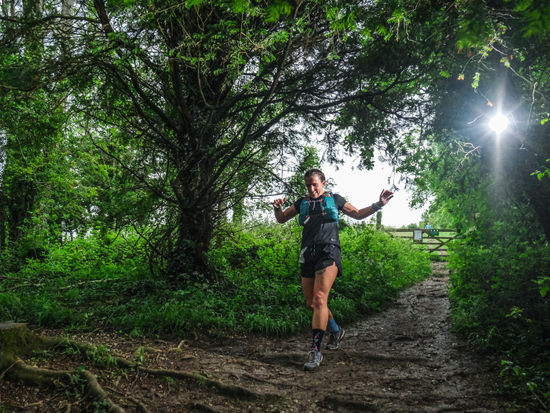Post by Pretty Athletic's advisory dermatologist, consultant Dr Charlie Mitchell
Chafing - we've all been there
Long runs, tough rides, rubbing lycra, tight watch straps, misplaced velcro bands, old trainers - whatever the cause, the end result is the same - your sore, tender, cracked, oozing, or even bleeding, damaged skin that can persist for days.
Even if the cause is only a tiny little bit of fabric out of place, or just a tight knickerline, the repetitive motions of exercise are enough to essentially start to rub away the protective top layer of your skin cells, inflaming the area, exposing the top of the dermis and irritating the skin's delicate nerve endings.
Importantly, our skin is built to withstand this type of damage well, and can also heal itself pretty quickly without lasting damage or scarring, so the main irritation with chafing is, well, irritation! And occasionally bleeding nipples, which are not the most attractive (I've been there... but the Great South Run was mostly fun I reassure you). So two questions follow on naturally - how to prevent chafing, and how to treat it?

Prevention
Prevention is always better than cure (see the 2020 Covid vaccine rush for a worldwide example), and simple measures can be used to avoid rubbing and abrasion of skin. Chafing is common over bits that stick out - nipples, elbows, sometimes big moles on your skin - so protect these first. If you find that clothing tends to rub then ensure you have the right size of sports wear - loose garments will rub back and forward easily, so having tighter clothing (like compression tops or bottoms) will cause less movement. Make sure your sports bra fits properly, and if you're not sure, chat to the fitters in any good sports store. And taping the offending protuberance down can help; you can use kinesiology tape, plasters or another type of adhesive tape to act as a protection for your exercise.
The other key aspect is friction between close surfaces, either skin-to-clothing or where there is skin-to-skin contact, like along the groin folds or at the edges of your armpits. In these area you need to help out with lubrication, to allow the surfaces to glide past each other. This is where the use of ointment-based products comes in. Creams are good as moisturisers for day to day use, but tend to get absorbed quickly into the top layer of the skin, as they have a high water content. On the other hand, Ointments which are oil-based stay on the surface of the skin for longer, essentially greasing you up, and helping the surfaces not to stick and damage each other as they move past.

Helping to speed repair of chafed skin
And despite your best efforts, what to do when the chafe has occurred? Well, just understand healing skin does its best in a moist, but not a very wet or dry environment. So again ointments to the rescue - the greasiness helps to maintain a waterproof barrier to the healing skin, and prevents further rubbing or abrasion. Apply a nice layer of an ointment, such as the new Pretty Athletic Rescue Balm, a couple of times a day to irritated areas and you'll start to heal faster, with less pain and soreness, and your skin will be back to its best in no time!



